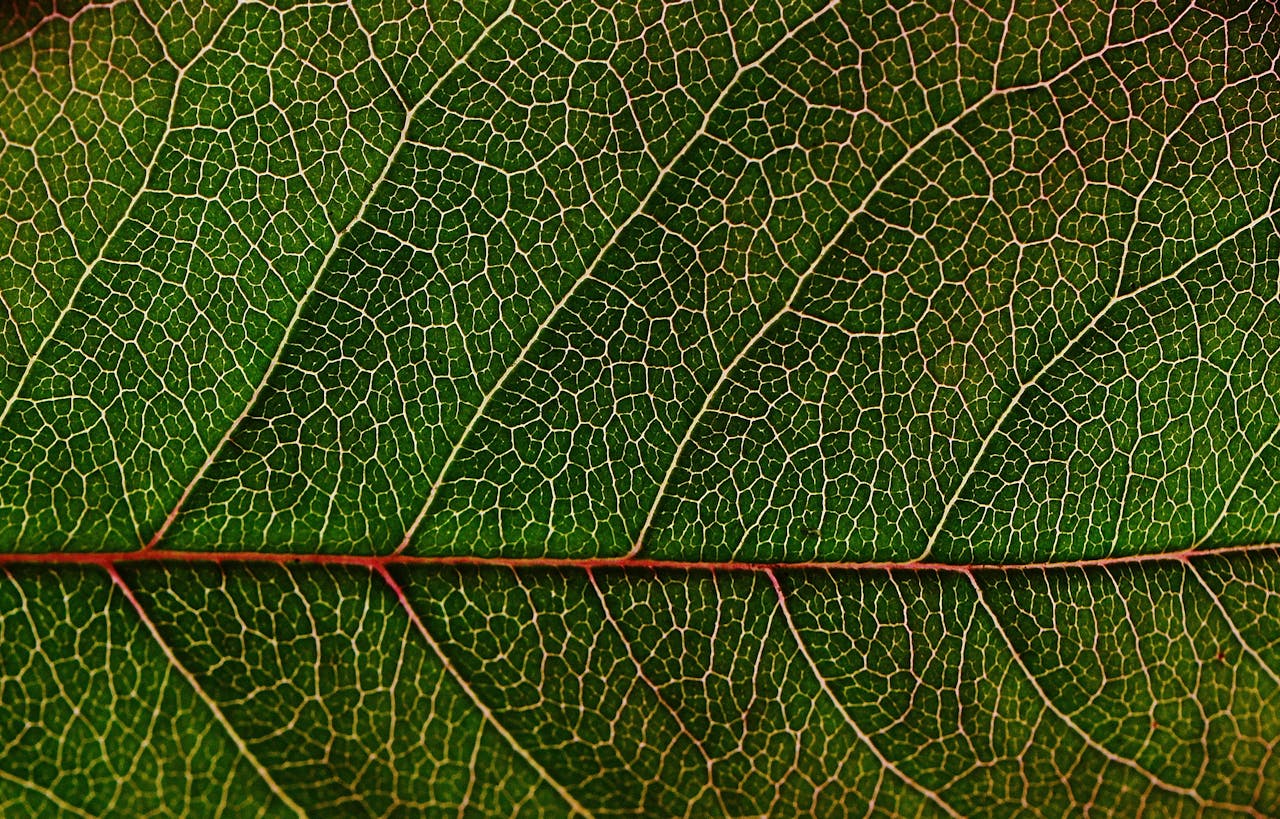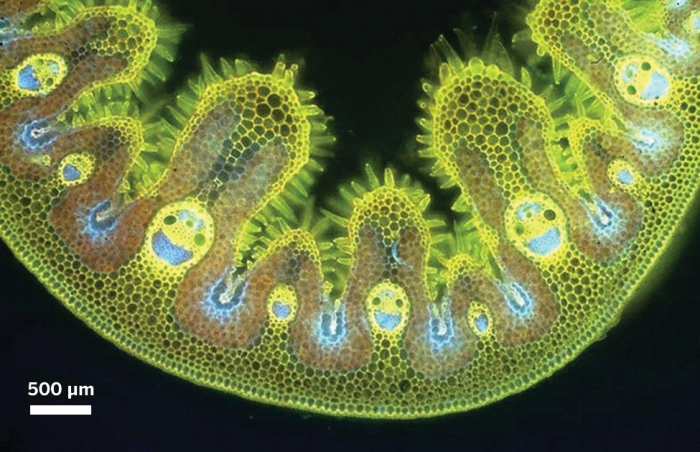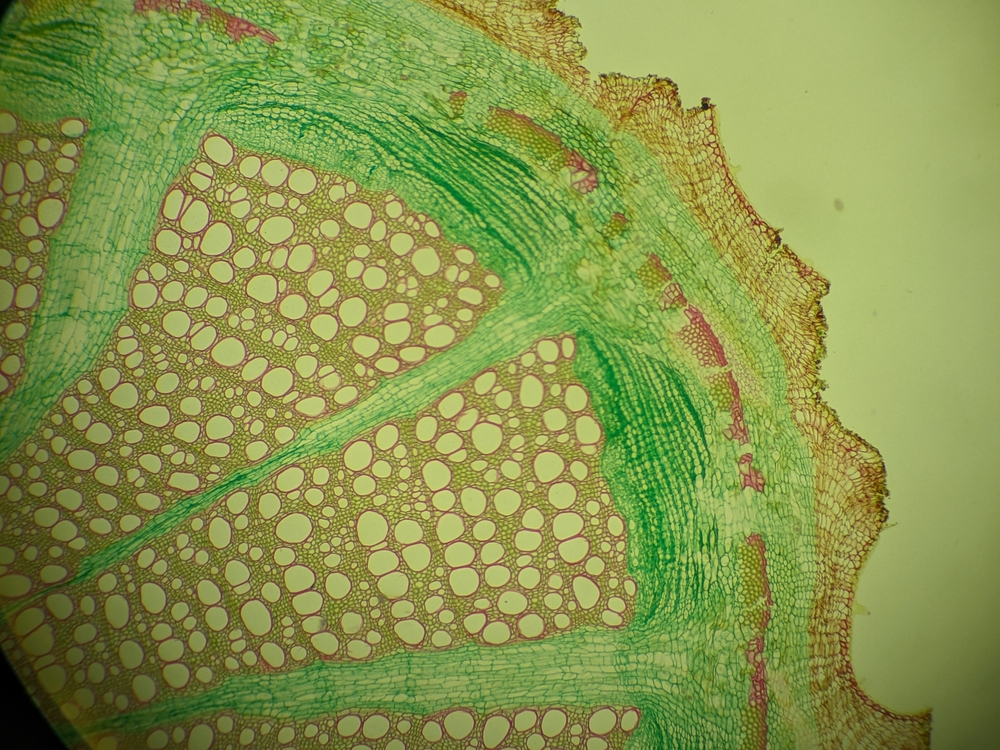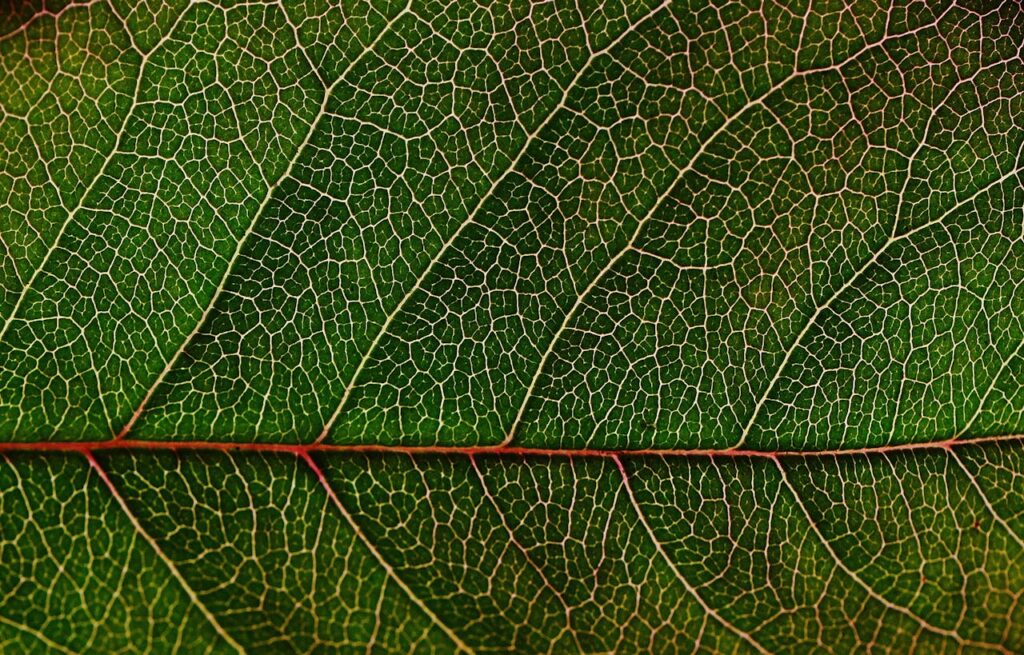The Hidden Language of Life Beneath the Microscope

There are moments when nature seems to whisper a secret, a quiet invitation to look closer. Someone once held up a blade of grass to the light and saw something unexpected, a glimpse of joy staring back through a lens. The internet called it “smiling grass,” a playful illusion that made people pause, laugh, and wonder what else might be hidden in the ordinary.

In that brief encounter between science and imagination, something profound flickered to life. Maybe it was not the grass smiling at us, but the universe reminding us that wonder still exists in the smallest corners of the world.
The Hidden Blueprint of a Smile
If you could shrink yourself small enough to walk through a blade of grass, you would enter a cathedral of living design. What many people saw as tiny smiling faces were never faces at all, but the intricate architecture that keeps every plant alive. Inside that slender green world are highways of life, weaving silently beneath the surface.

According to Foldscope’s official blog, the illusion comes from the plant’s vascular bundles, the very system that moves life through every inch of grass. Within these bundles, two forces work together in perfect rhythm. The xylem draws water and minerals from the earth and lifts them toward the light, while the phloem carries the sugars born from sunlight back through the plant to feed it from within. Seen through a microscope, these channels form patterns that mimic the human features we think we recognize. Circles, lines, and voids align just right, and suddenly our minds find smiles in what is only structure and flow.
But in that structure lies something greater than illusion. The patterns remind us that nature builds with purpose and grace, blending strength with elegance. Each blade of grass, light as it seems, is an engineered masterpiece that is flexible enough to dance in the wind yet strong enough to stand again when the storm has passed. What looks playful to us is simply the language of survival written in microscopic form.

When we look closely, it becomes clear that life is not trying to imitate us. It is simply showing us how beautifully it already knows how to be alive.
The Art of Seeing What Was Always There
There is an art to seeing what most people overlook. The smiling grass effect is not only found under a microscope but also in the quiet patience of those willing to look deeper. Behind every clear image of those tiny shapes lies a process of care, precision, and the awareness that the smallest things often ask us to slow down before they reveal themselves.
According to Foldscope’s official research, the process begins with preparation. A single blade of grass must be cut so thin that light can travel through it freely. The slice is placed gently on a slide coated with clear adhesive and then sealed beneath glass to keep it still. Every movement requires attention, and even the light must be positioned thoughtfully because the smallest shift can blur the view. It is both science and mindfulness, a partnership between curiosity and patience.

The Foldscope itself, a paper microscope designed by Manu Prakash and his team at Stanford University, was created from that same desire to make discovery accessible. It works through the power of simplicity, using a single lens held within layers of folded paper. This tiny instrument can rest in the palm of a hand yet opens a window into an entirely new world. Research, including the Cleveland State University optical analysis, confirms that its clarity allows users to see the fine architecture of plant life with surprising precision, rivaling that of traditional microscopes.
When light finally touches the prepared grass, a quiet transformation unfolds. The xylem and phloem, the vessels that carry water and nutrients, arrange themselves into circular forms that remind the human eye of familiar faces. What seems like playfulness in nature is in truth the signature of balance and order. The microscope does not create beauty; it reveals it, showing how design and purpose flow together even in the smallest leaf.

Each time a user shares their discovery on Microcosmos, another perspective joins a growing conversation about wonder. From classrooms to backyards, people are learning that science is not confined to laboratories. It begins with curiosity, continues with patience, and ends with awe at what was always there, waiting to be seen.
The Universe Beneath Our Fingertips
Every time we pick up a blade of grass, we hold an entire universe without realizing it. Beneath that soft green surface are networks of movement, communication, and energy that mirror the patterns within us. The same balance that keeps a plant alive is the same quiet rhythm that sustains every heartbeat. When we look closely enough, the boundary between ourselves and nature begins to dissolve.
Science shows that within the smallest structures lies perfect order. What appears to be random is, in truth, an expression of harmony too small for the naked eye to see. Yet when we magnify it, we are reminded that meaning depends on how we choose to look. The smiling grass does not smile in reality, yet we return the gesture instinctively because we recognize something familiar in it. That simple reflection between what we see and what we feel is what makes us human.

Looking deeper into the world around us teaches humility. It is not about knowing everything but about understanding how much there is still left to learn. The microscope becomes more than a scientific tool; it becomes a doorway between the physical and the spiritual, between what is seen and what is sensed.
In the end, discovery is another word for remembrance. The smiling grass does not reveal something new. It simply reminds us of an old truth, one we have always known in our bones: that wonder is not found in grand places but in the smallest corners of existence, waiting for us to notice.
When Light Meets Understanding
Every discovery begins with light. It moves across the unknown and reveals what was always waiting to be seen. The moment light passes through a thin slice of grass, an entire hidden world awakens. What was once invisible becomes form, and what once seemed ordinary becomes extraordinary. In that quiet moment of illumination, curiosity transforms into understanding.
The same process unfolds within the human mind. Knowledge is our light, and perception is the lens through which it travels. Without clarity, everything remains shadowed and misunderstood. The microscope reminds us that learning is not about invention but about attention. It invites us to slow down, to focus, and to truly see. Beauty does not need to be created; it only needs to be recognized.

The smiling grass becomes more than a scientific curiosity. It becomes a mirror for our own awareness. The more light we allow into our understanding, the more we notice the delicate connections that hold life together. Every vein of a leaf, every drop of water, every moment of wonder reflects a larger truth: illumination begins not outside of us, but within.
The Smile We Were Meant to See
In the end, the smiling grass is not only a curiosity beneath a microscope. It is a reminder of how deeply life is intertwined, of how something as simple as a blade of grass can become a doorway to understanding. When we slow down long enough to notice, we begin to see that nature has been teaching us all along. Its lessons are quiet but constant, written into the structure of every living thing. The circles and patterns inside a single stem echo the same geometry that shapes galaxies, clouds, and even the human heart.
Science and spirit are not separate languages. They are two voices telling the same story, one through data and the other through wonder. The microscope does not create meaning; it helps us remember what is already sacred. The discovery of smiling grass shows that truth does not need to be grand to be profound. Sometimes, enlightenment comes from a place so small it can rest on the tip of a fingertip, yet it carries the weight of the entire universe.

The more we learn to see, the more we realize that the world has always been smiling at us. Every leaf, every grain of sand, every flicker of light carries a quiet invitation to wake up and notice. The act of observation becomes an act of reverence. It reminds us that awareness is not just a tool of science but a form of gratitude, a way of honoring the hidden beauty that surrounds us.
The smiling grass invites us to meet life with open eyes and an open heart. It tells us that wonder is not something we find once; it is something we practice daily. If we allow ourselves to look with patience and presence, even the smallest things will return our gaze. And in that silent exchange, between seeing and being seen, we may discover that the universe has been smiling with us all along.
Loading...

